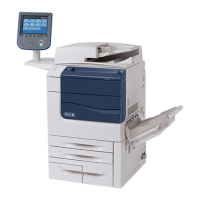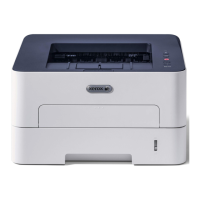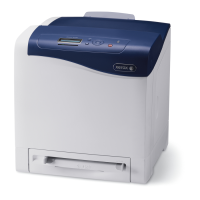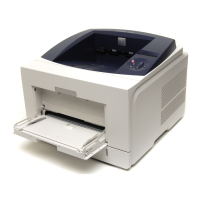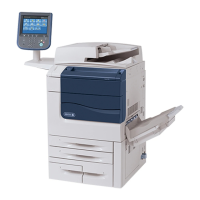
 Loading...
Loading...
Do you have a question about the Xerox 560 and is the answer not in the manual?
| Print Resolution | 2400 x 2400 dpi |
|---|---|
| Monthly Duty Cycle | Up to 300, 000 pages |
| Duplex Printing | Standard |
| Operating System Compatibility | Windows, Mac OS, Linux |
| Connectivity | Ethernet, USB |
| Paper Size | Up to 13 x 19.2 inches |
| Type | Multifunction Printer |
